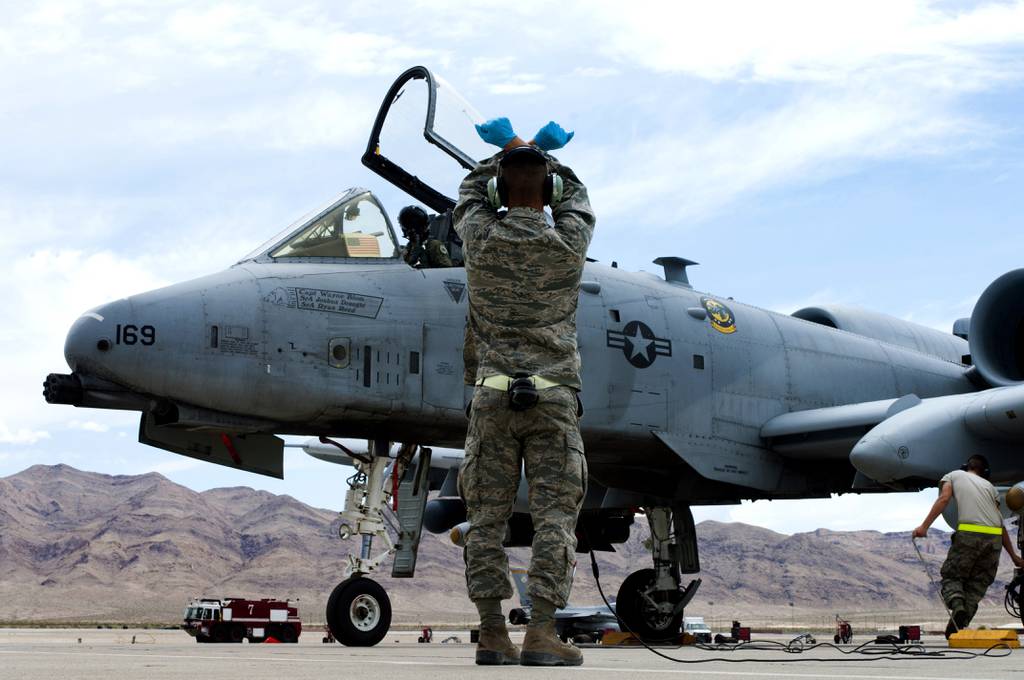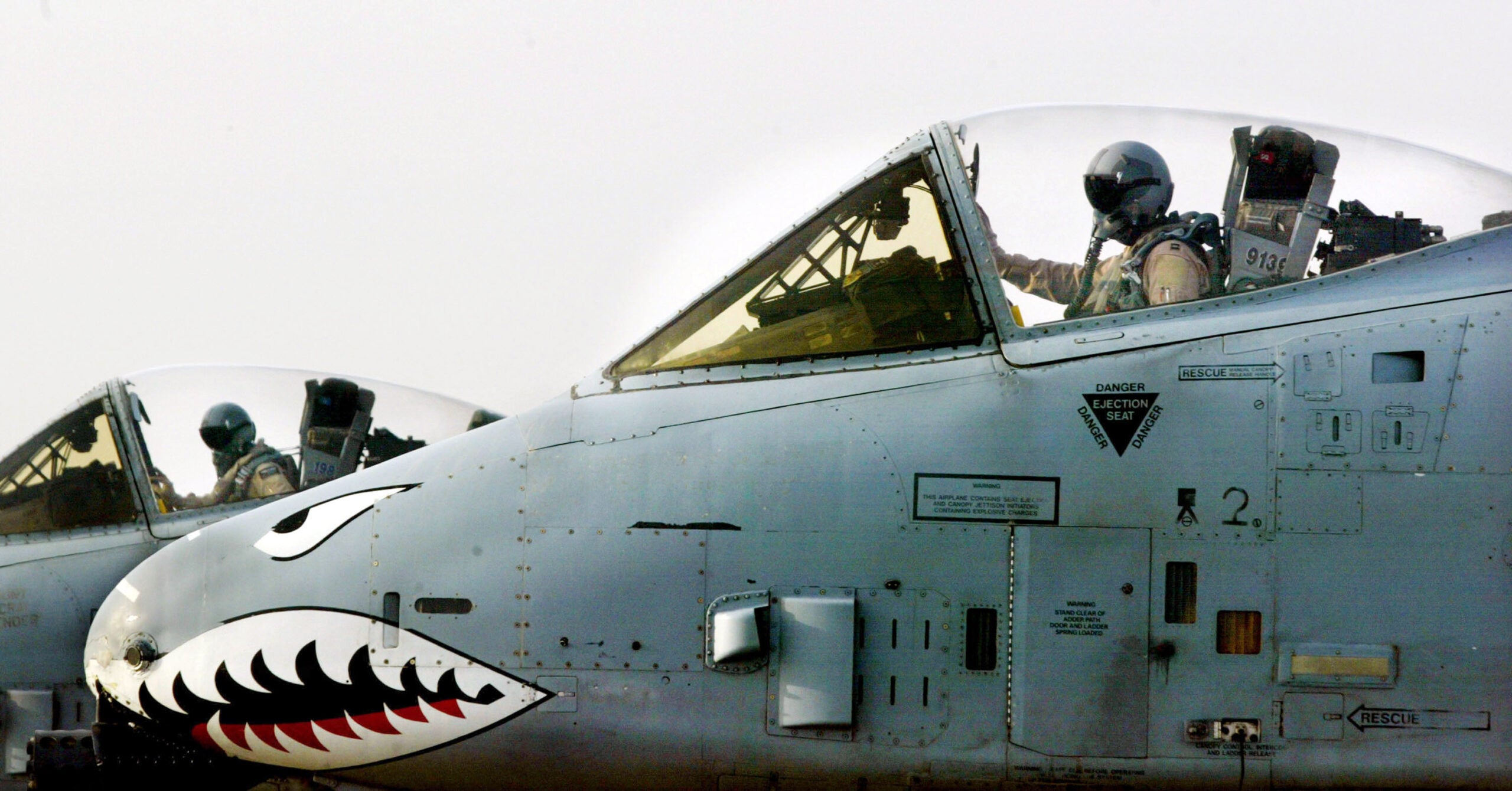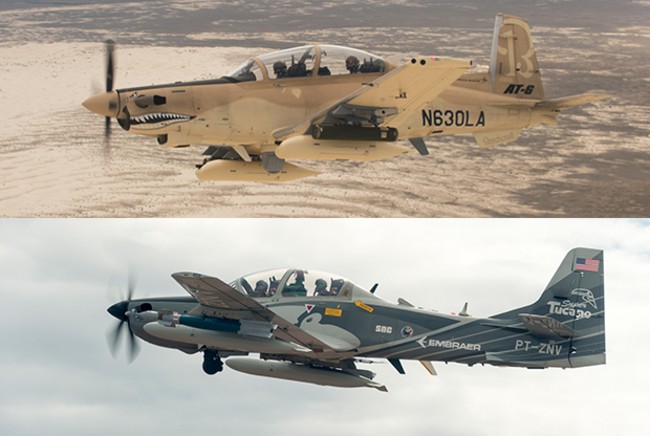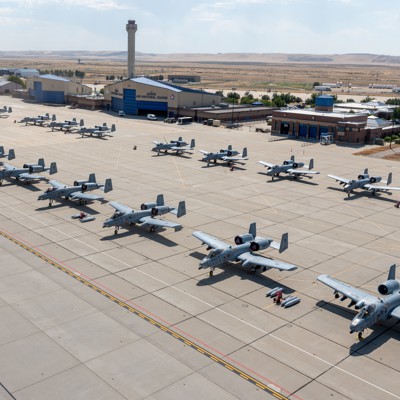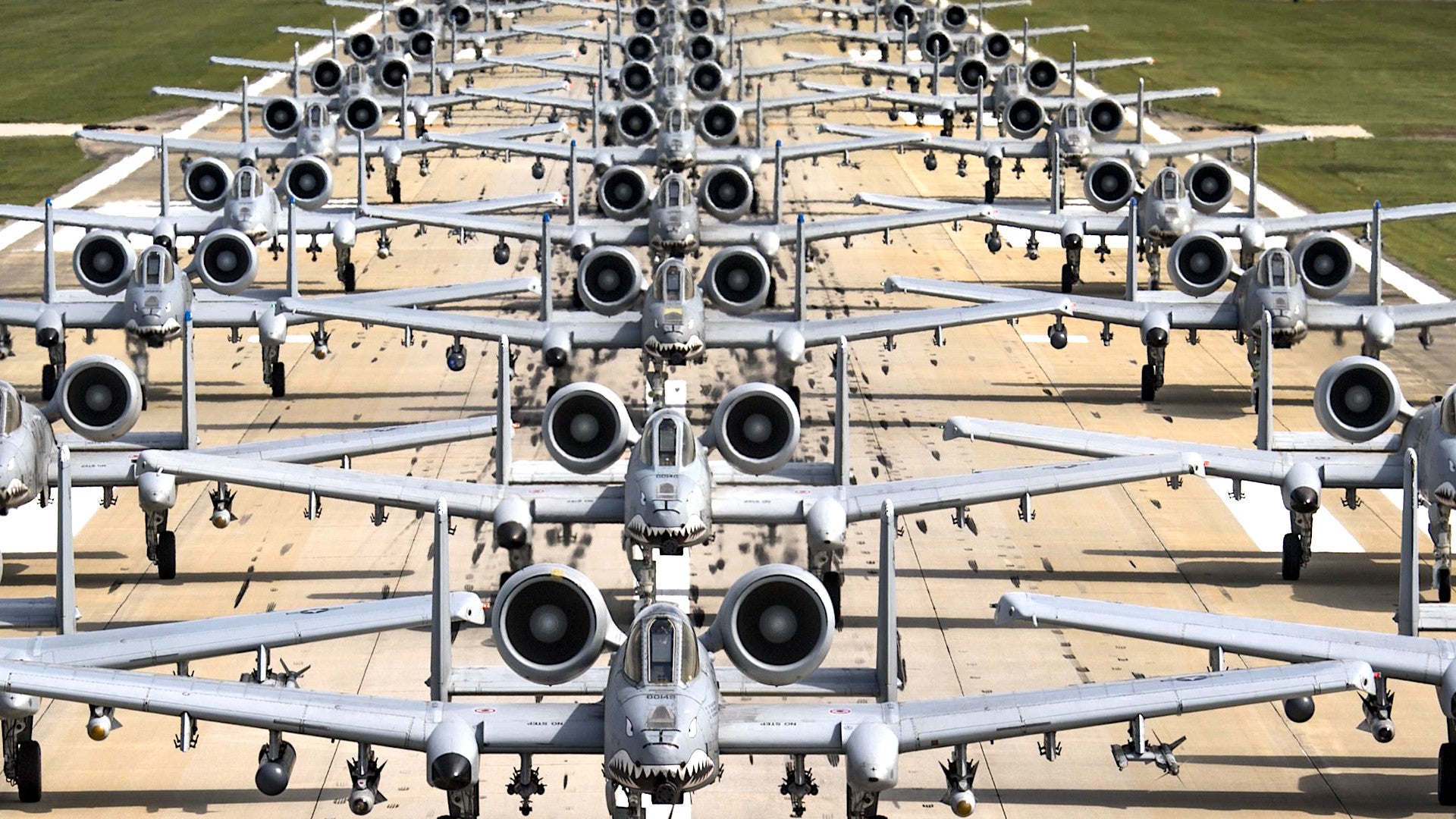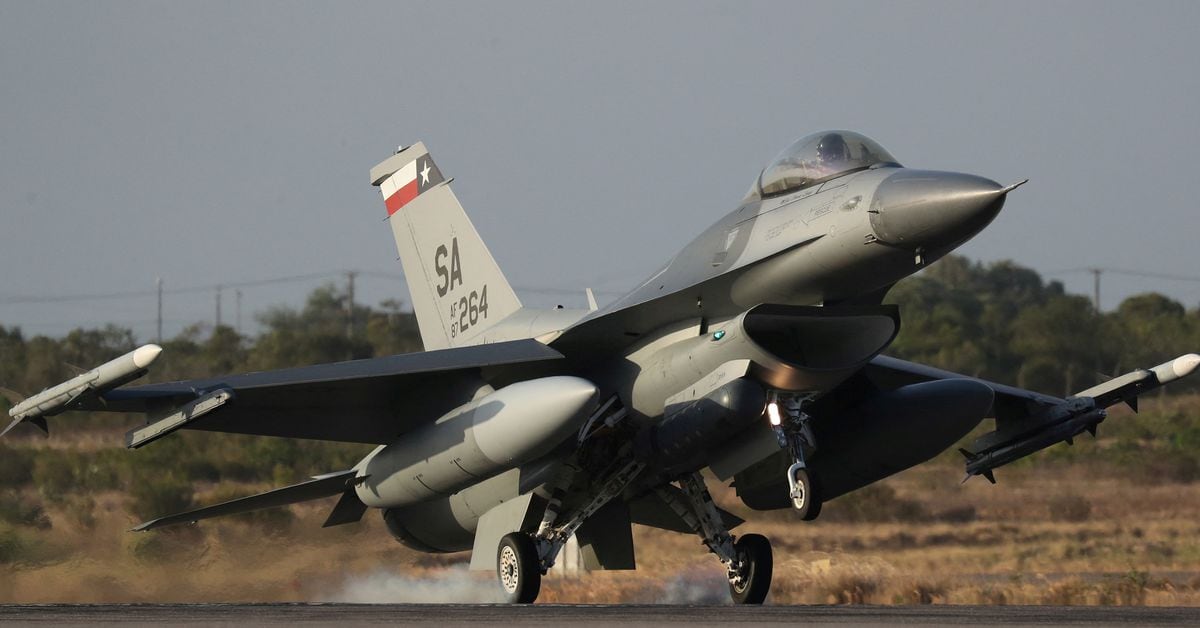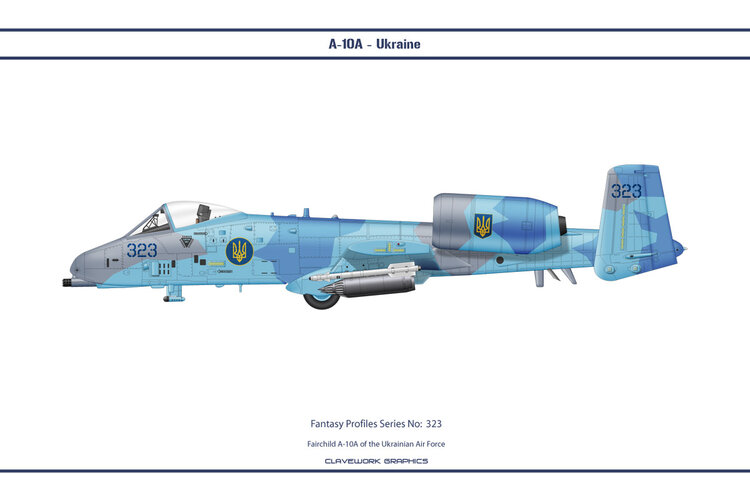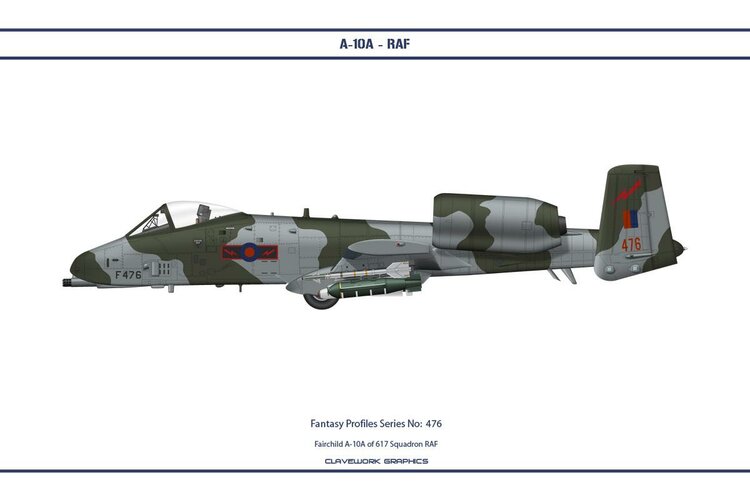[...] A-29s ordered by the Air Force [and] AT-6s [will likely] , Stanhouse said, be declared “excess defense articles,” a
Defense Security Cooperation Agency term for equipment or platforms that are “in excess of the Approved Force Acquisition Objective and Approved Force Retention Stock of all Department of Defense Components.”
As excess defense articles, the aircraft could then be transferred to a foreign government, through either the approval of Congress or the usual Foreign Military Sale process.
“I think the probability is potentially FMS, because we currently have FMS partners who are flying both the AT-6 and A-29. So I think there’s quite a bit of foreign interest,” Stanhouse said.
Indeed, Brazil, Chile, Colombia, Ecuador, Nigeria, Indonesia, and the Philippines, among others, all have A-29s in their fleets. Thailand has
also ordered the AT-6.

